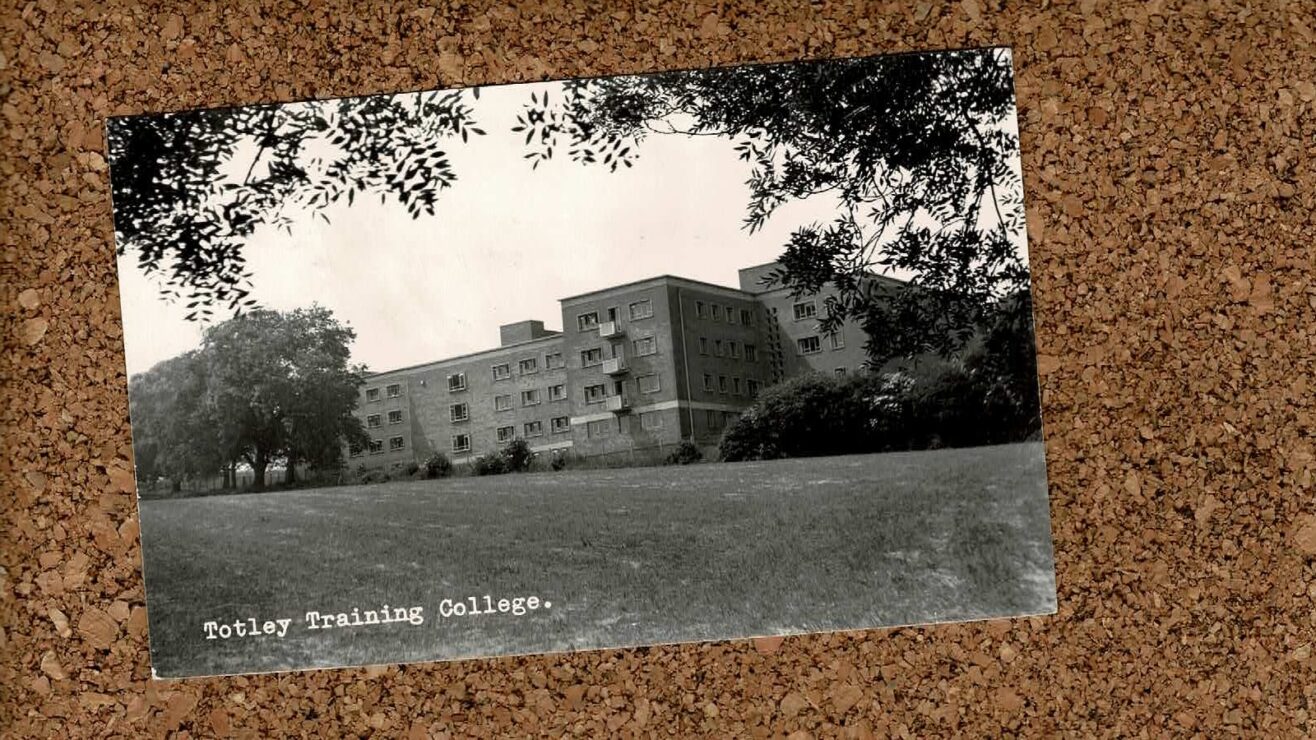Collaboration Theory and Practice
 There’s an exciting new HEFCE report out on the lessons learned from collaborations, alliances and mergers. It has also resulted in an exciting new acronym, CAM. In these austere times it’s good to know that we are still able to produce good acronyms. The report, available here, is also a consultation document which invites further comment and evidence from the sector:
There’s an exciting new HEFCE report out on the lessons learned from collaborations, alliances and mergers. It has also resulted in an exciting new acronym, CAM. In these austere times it’s good to know that we are still able to produce good acronyms. The report, available here, is also a consultation document which invites further comment and evidence from the sector:
Collaborations, alliances and mergers among universities and colleges have been an important feature of the higher education sector throughout its history, but relatively little information has been published on this activity. We have therefore published this study to help the sector learn from the experiences of others and improve the likelihood of success considering or implementing change. The information has been drawn from case studies in England and overseas, interviews, existing literature and other published information.
Sir Alan Langlands, HEFCE’s Chief Executive, said:
‘CAM activity might well continue to be part of the higher education sector’s response to change, and has the potential to provide opportunities for educational development, new research directions and greater effectiveness. However, any decision about change is a matter for institutions – there is no question of a top-down approach. HEFCE’s primary role is to safeguard the collective interests of current and prospective students and the wider public. In seeking to encourage the development of a more diverse and dynamic sector and supporting student choice, we will respect the autonomy of institutions and support them in any way we can.’
The CAM report coincides with the first anniversary of the University of Birmingham/University of Nottingham collaborative partnership, the marking of which was reported in the Times Higher Education:

Publication of the report came as David Eastwood, University of Birmingham vice-chancellor and former Hefce chief executive, gave his view on the sector’s future as the collaboration between his institution and the University of Nottingham marked its first anniversary.
Professor Eastwood told Times Higher Education that while Nottingham and Birmingham each had annual turnovers of around £500 million and were “financially strong”, there were universities with £30 million to £50 million turnovers “having to carry a lot of the same infrastructure costs that we do”.
“If we can see some issues from a combined operation of almost £1 billion, you would expect others to be in search – rather urgently – of those kinds of efficiencies.”
In their year of collaboration, Nottingham and Birmingham have jointly appointed an international officer to boost student recruitment in Brazil and established a £480,000 joint investment fund for research partnerships with institutions in Sao Paulo state. At home, they shared research equipment and won a share of £5 million to set up one of two national centres for ageing and pain research funded by the Medical Research Council and Arthritis Research UK.
Professor Eastwood said the collaboration had stimulated “a lot of interest both in the sector and in government. What we are doing will remain relatively rare, because it is relatively rare to have two big universities, financially strong, which over a period have built good relations. There will be other issues that move other institutions to alignments and mergers.”
Nottingham and Birmingham “have their own identities…and are not going to do anything that undermines that”, he added.
Nottingham vice-chancellor David Greenaway put the collaboration in the context of “diversifying research income streams – which is important to do in the current climate”, arguing that “there are resources out there, especially in the big emerging economies”.
Professor Greenaway said of the joint MRC funding: “I don’t think that would have happened without the collaboration. We probably would have ended up putting in competing bids – neither bid would have been big enough, strong enough, in its own right.”
He also highlighted the potential for the two universities to work together in pre-university education on “changing life opportunities in [the] two cities”.
(See also the University of Nottingham statement on the milestone.)
Another dimension of the collaboration, a research partnership in Brazil, was also reported recently on the Guardian Higher Education Network:
The ability to operate at scale has allowed us to develop 20 full-fee PhD scholarships annually for Brazilian students; a visiting fellows programme and a £480k joint research investment fund with the São Paulo Research Foundation. We have also planned a series of joint workshops in-country focused around energy (oil and gas, bioenergy), with further themes under discussion.
Alongside the benefits of scale are the traditional benefits of complementarity. Our collaboration enables each partner to bring its individual strengths to the table. We have found this could be research expertise or in areas such as student exchange and teaching links. An example of this is in the area of ultra-cold atoms and energy – Birmingham has expertise in optical lattices and nuclear energy and Nottingham in atom chips and bioenergy; both areas being of particular relevance in our links with Brazil.
Although it is still early, there is a real sense of purpose around what we are doing in Brazil. We hope what will follow will be additional academic collaborations, increased research income, and greater visibility. Overall, we need to be prepared to invest considerable time and energy working together and acknowledge that the effort may take a while to bear fruit.
These are just a couple of case studies of how the Birmingham/Nottingham collaboration is playing out. It still feels like early days but there are some striking examples of how working together is proving to be mutually beneficial. This is very much at the softer end of HEFCE’s CAM spectrum but it is extremely fruitful for both universities.
Other universities have sought to emulate the success of the Nottingham/Birmingham partnership in the last year including Liverpool and Lancaster (although that does seem to have gone a little quiet of late). Most recently though Warwick and Queen Mary have announced a partnership. According to the Times Higher though they seem to be slightly at odds about some elements of the collaboration:
The University of Warwick and Queen Mary, University of London, could share lecturers as part of a new programme of research and outreach collaboration.
In a joint statement, the two institutions said “cross contributions to undergraduate teaching” by their scholars would “ensure that the universities’ students benefit from the partnership by having access to an even broader range of leading academics”.
Overall, the collaboration in teaching, research and widening participation “aims to ensure that both universities continue to thrive amidst the increasing uncertainty and pressures facing higher education institutions in England”.
A spokeswoman for Queen Mary added that the universities would share lecturers in third-year undergraduate history, English and computer science seminars, and look to expand to other subjects in the future.
However, a spokesman for Warwick stressed that no decisions had been taken, claiming that there were no specific plans to share lecturers.
This comes on the back of the international partnership recently announced between Warwick and Monash University in Australia which will be secured by, among other things, the appointment of a shared Pro-Vice-Chancellor.
So, everyone is at it and that HEFCE report is looking rather timely.

 The ability to operate at scale has allowed us to develop 20 full-fee PhD scholarships annually for Brazilian students; a visiting fellows programme and a £480k joint research investment fund with the São Paulo Research Foundation. We have also planned a series of joint workshops in-country focused around energy (oil and gas, bioenergy), with further themes under discussion.
The ability to operate at scale has allowed us to develop 20 full-fee PhD scholarships annually for Brazilian students; a visiting fellows programme and a £480k joint research investment fund with the São Paulo Research Foundation. We have also planned a series of joint workshops in-country focused around energy (oil and gas, bioenergy), with further themes under discussion.









